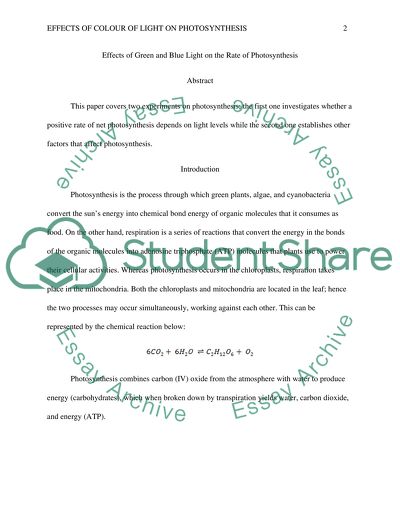Cite this document
(“Effects of Green and Blue Light on the Rate of Photosynthesis Lab Report”, n.d.)
Effects of Green and Blue Light on the Rate of Photosynthesis Lab Report. Retrieved from https://studentshare.org/biology/1454494-effects-of-green-and-blue-light-on-the-rate-of
Effects of Green and Blue Light on the Rate of Photosynthesis Lab Report. Retrieved from https://studentshare.org/biology/1454494-effects-of-green-and-blue-light-on-the-rate-of
(Effects of Green and Blue Light on the Rate of Photosynthesis Lab Report)
Effects of Green and Blue Light on the Rate of Photosynthesis Lab Report. https://studentshare.org/biology/1454494-effects-of-green-and-blue-light-on-the-rate-of.
Effects of Green and Blue Light on the Rate of Photosynthesis Lab Report. https://studentshare.org/biology/1454494-effects-of-green-and-blue-light-on-the-rate-of.
“Effects of Green and Blue Light on the Rate of Photosynthesis Lab Report”, n.d. https://studentshare.org/biology/1454494-effects-of-green-and-blue-light-on-the-rate-of.


